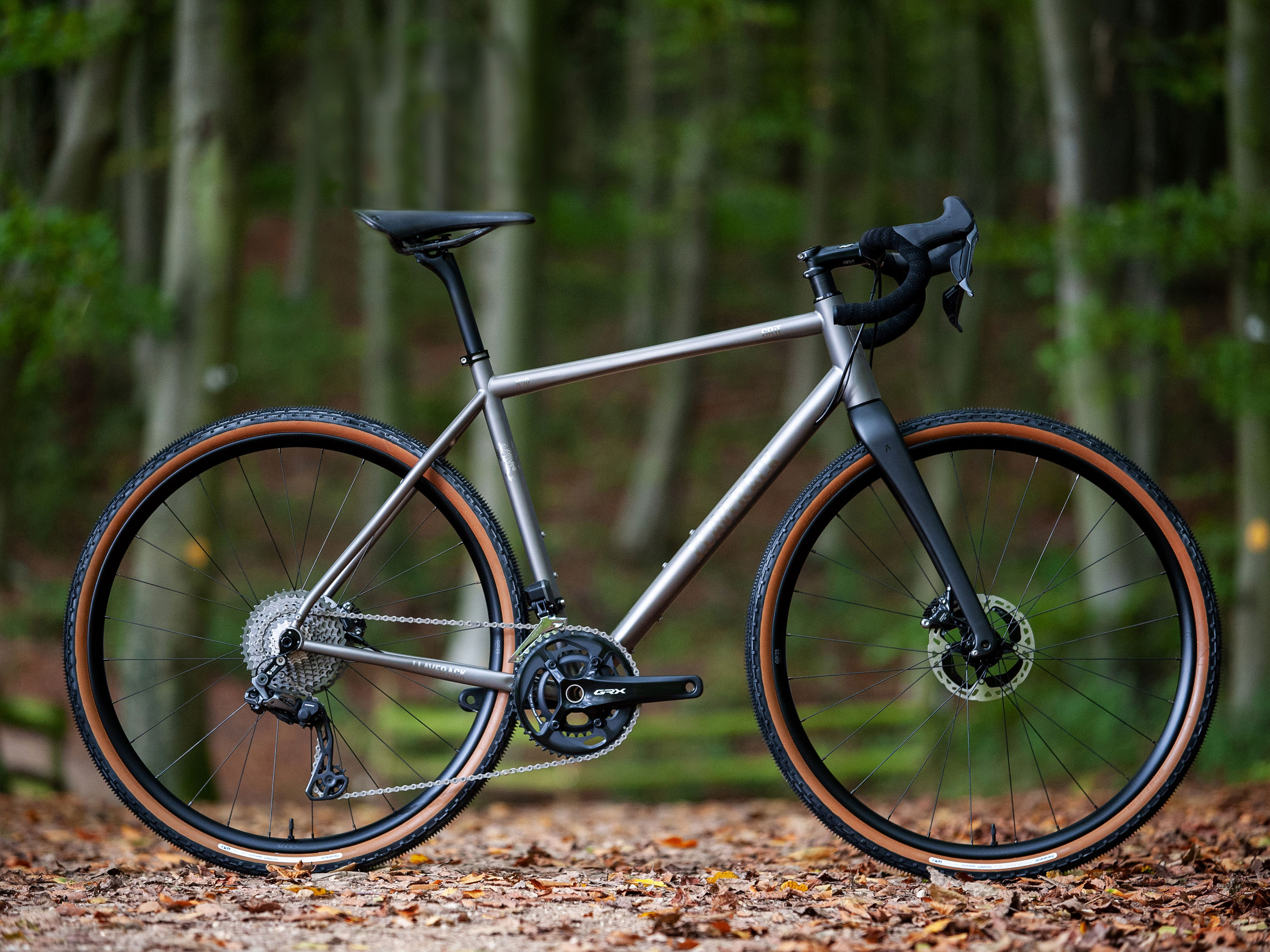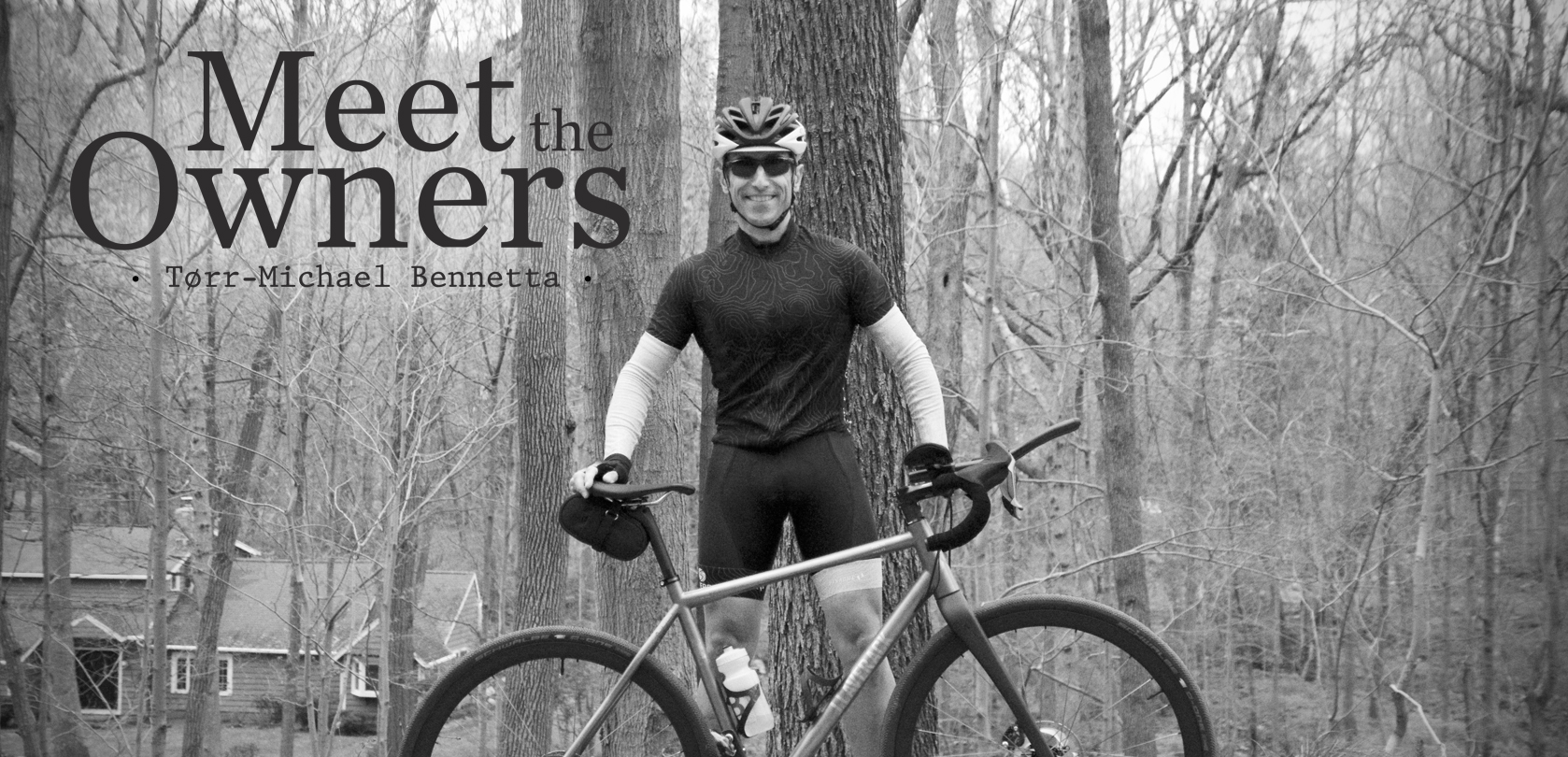
Meet Tørr-Michael Bennetta, the gravel rider
Former pro mountain bike racer Tørr-Michael Bennetta is a convert to the fast-growing gravel scene, loving the buzz and adventure of riding off the beaten track on his J.Laverack GRiT
“I’ve always found dirt fascinating,” says Tørr-Michael Bennetta via Zoom, swinging his laptop camera to reveal a gravel bike, mountain bike, and motocross bike racked neatly in his front room.
The physiologist and personal trainer from Fairfield County, Connecticut has raced competitively on and off-road, on bikes with and without engines, and when the Tarmac stops his enthusiasm soars. A former professional mountain biker and Cat 2 road racer, he’s currently among the top five fastest motocross riders in the North East of the US, in the over 40s category.
With perfect serendipity, his passion for cycling is proving the bedrock for his motocross training, both sports aligning in their demand for muscular and cardiovascular fitness.
“Your glutes, quads and hamstrings are key in motocross, because you are effectively squeezing the bike with your legs while it tries to buck you off,” says Tørr. Rely on your arms and shoulders to control the motocross bike and your muscles will swiftly tire, he adds.
Growing up in a single parent family, his mom couldn’t afford to indulge his passion for motocross as a child, so he turned to the next best two-wheeled sport, BMX, which in turn led to mountain biking – “anything pertaining to dirt!” he laughs. He raced as a professional, before flipping his summer and winter sports to become a cross-country skier, joining the US Olympic Development Team, until he finally accepted that he was unlikely to close the handful of seconds that separated him from the national team.
“That’s when I started doing a lot of graduate work, physical therapy, personal training, kinesiology, and decided to make my living on that side of the fence,” says Tørr.
His studies forced competitive cycling to take a backseat, but he still rode regularly to stay in shape, and over the last four years has ramped up his cycling volume, spurred on by the prospect of gravel racing. This newish subset of the cycling world started life on the thousands of miles of unmade roads in the US, bridging the gap between road, mountain biking and cyclocross. Put bluntly, gravel rides don’t end when the roads do – the bikes can handle the terrain.

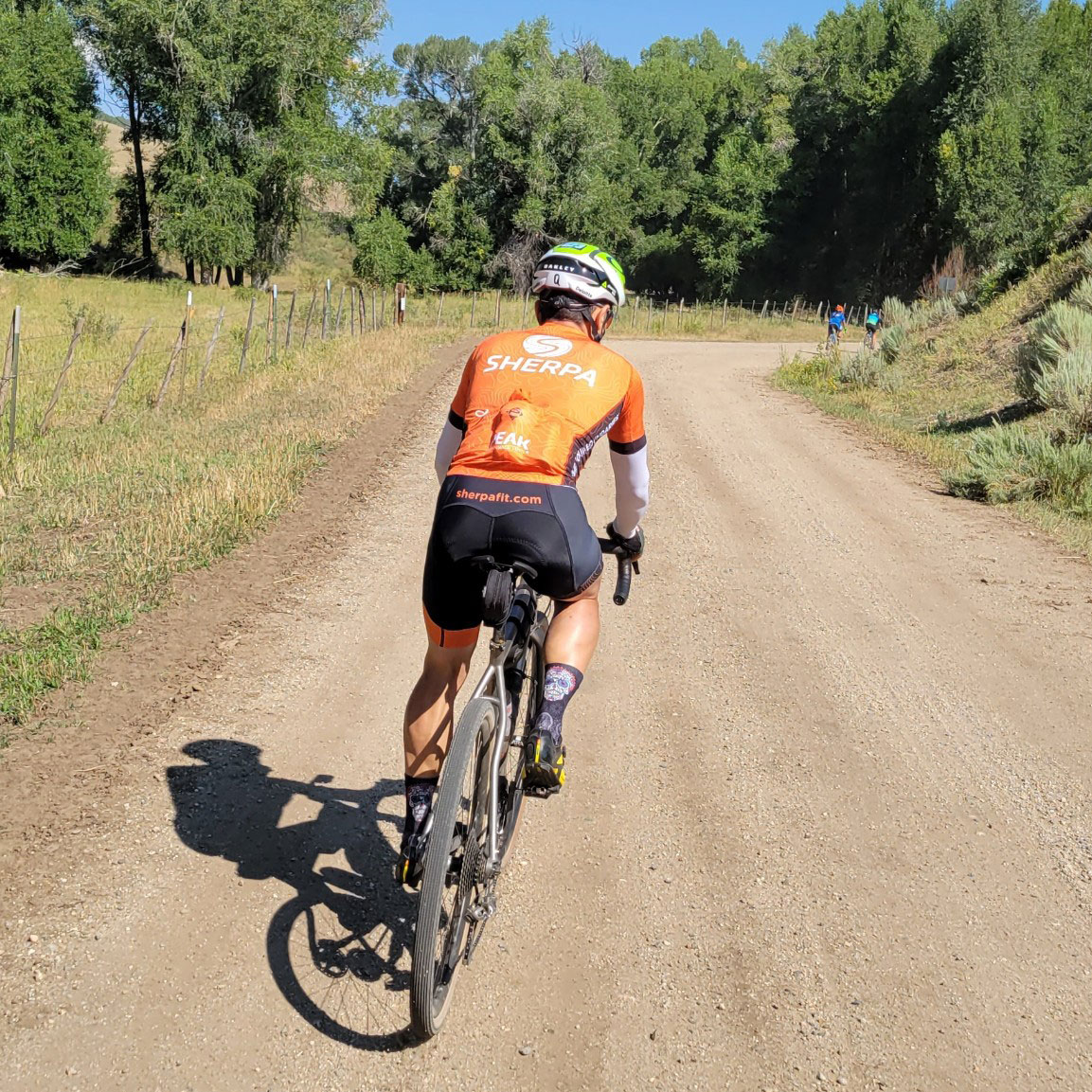
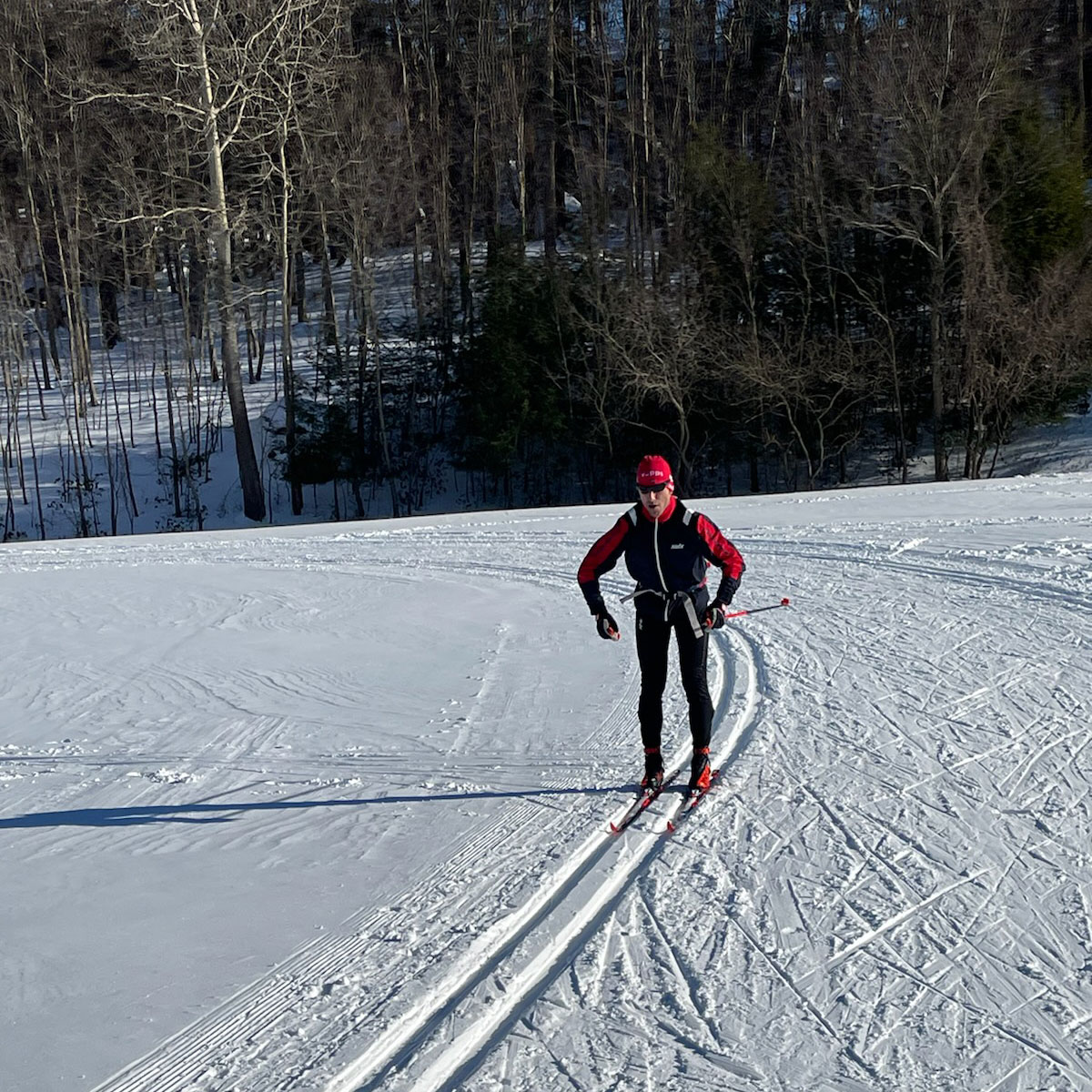
“Everyone gets tired of riding the same road courses, whereas with gravel I can be riding and go ‘Wow, I didn’t even know this track existed, I’m going to go this way’. To me, it brings this amazing sense of adventure, as well as the tranquillity,” says Tørr.
In his home patch of Fairfield County, gravel opportunities are relatively short – unlike neighbouring Vermont where it’s possible to ride 100km without seeing a road sign – but the steep ascents and descents and loose surfaces still require first class fitness and sharp technical skills.
“When you are riding up a 10, 12 or 15% slope on loose gravel, having the bike bite and find traction and get power to the ground, without having to get out of the saddle or the rear wheels breaking loose, is so important,” says Tørr.
A self-confessed bike geek, he is forensically focused on how the rear triangle of a bike is engineered, the alchemy of how a frame builder designs the seat stays and chain stays for both compliance and power transmission. As an elite racer, he could have accepted a free carbon bike from a sponsor, but while he accepts that carbon is functional, light and competitive, he also regards it as ‘boring’ and uninspiring.
Indestructible titanium, on the other hand, combines aesthetic beauty, flawless power transfer, and magical ride quality to soak up the chatter from rough road surfaces, especially when paired with a perfectly-aligned carbon fork to maintain stability on fast descents and agility through sharp corners.
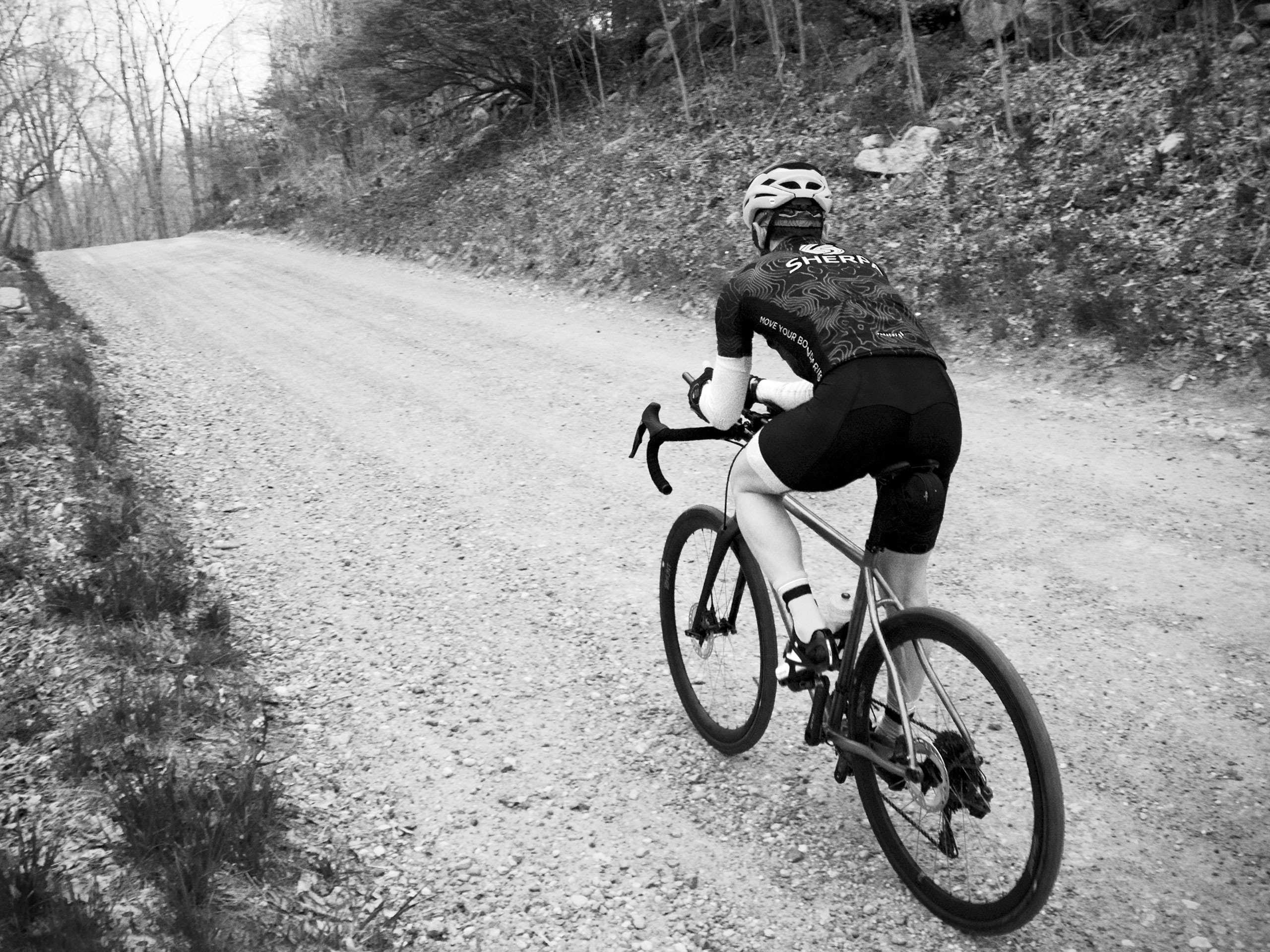
“You don’t want to feel like you’re going to lose either your fillings or the front end,” says Tørr.
He mulled over which bike to buy for months, communicating regularly with the specialist UK titanium bike company J.Laverack, until the opportunity to commission a GRiT that was unique to his needs proved irresistible. Alongside the ride performance and stunning Pavé frame were a multitude of small details that convinced him to invest in the gravel bike. The clean cable routing design, numbered frame and even ‘Freedom to explore’ engraved on the bottom bracket, were just a few of the design elements that elevated the GRiT above the line-up of uniform carbon frames in bike shops.
“One of the biggest things for me was specifying a wolf-tooth adapter, so instead of the rear derailleur hanging off the frame it hangs a little bit lower. I wanted a huge 11-42 cassette at the back, even though I have a double chainset, so my gear range is even bigger than normal,” says Tørr.
“I want the spread of gears because I not only want to ride gravel races, but also do some touring on this bike. I’m hoping to ride it on our Solstice Ride in June, from Westport, Connecticut to Montreal, 140 miles per day for three consecutive days and 20,000 vertical feet of climbing
“Combining my time between parenting, motocross, local group rides and training, I want a more versatile bike for my buck. If I train 10 to 15 hours per week, I want to enjoy it, I want to have fun. I’m not 22 years old any more, so I don’t need a wicked, negative riding position, with the stem slammed and the saddle right up.”
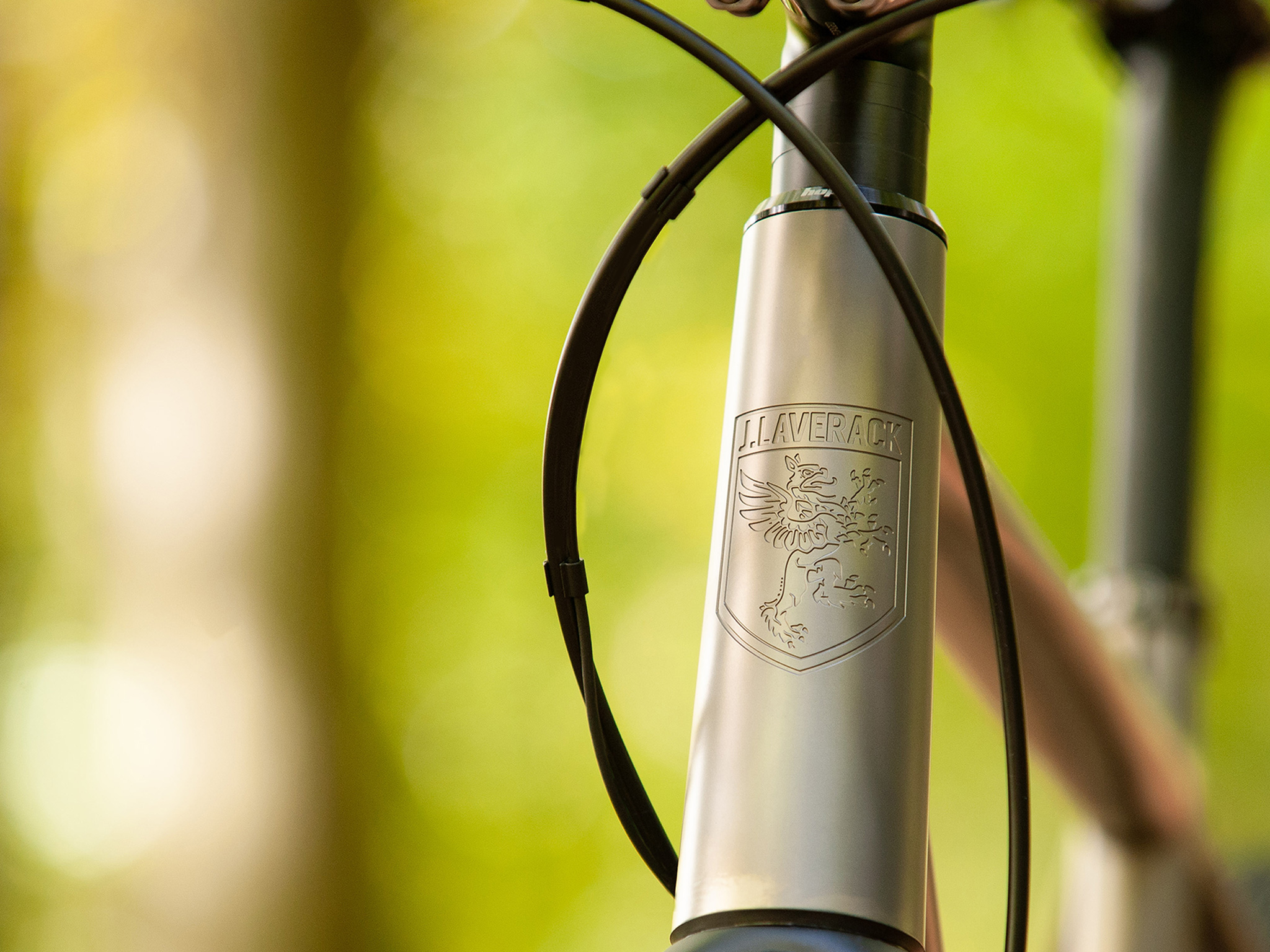
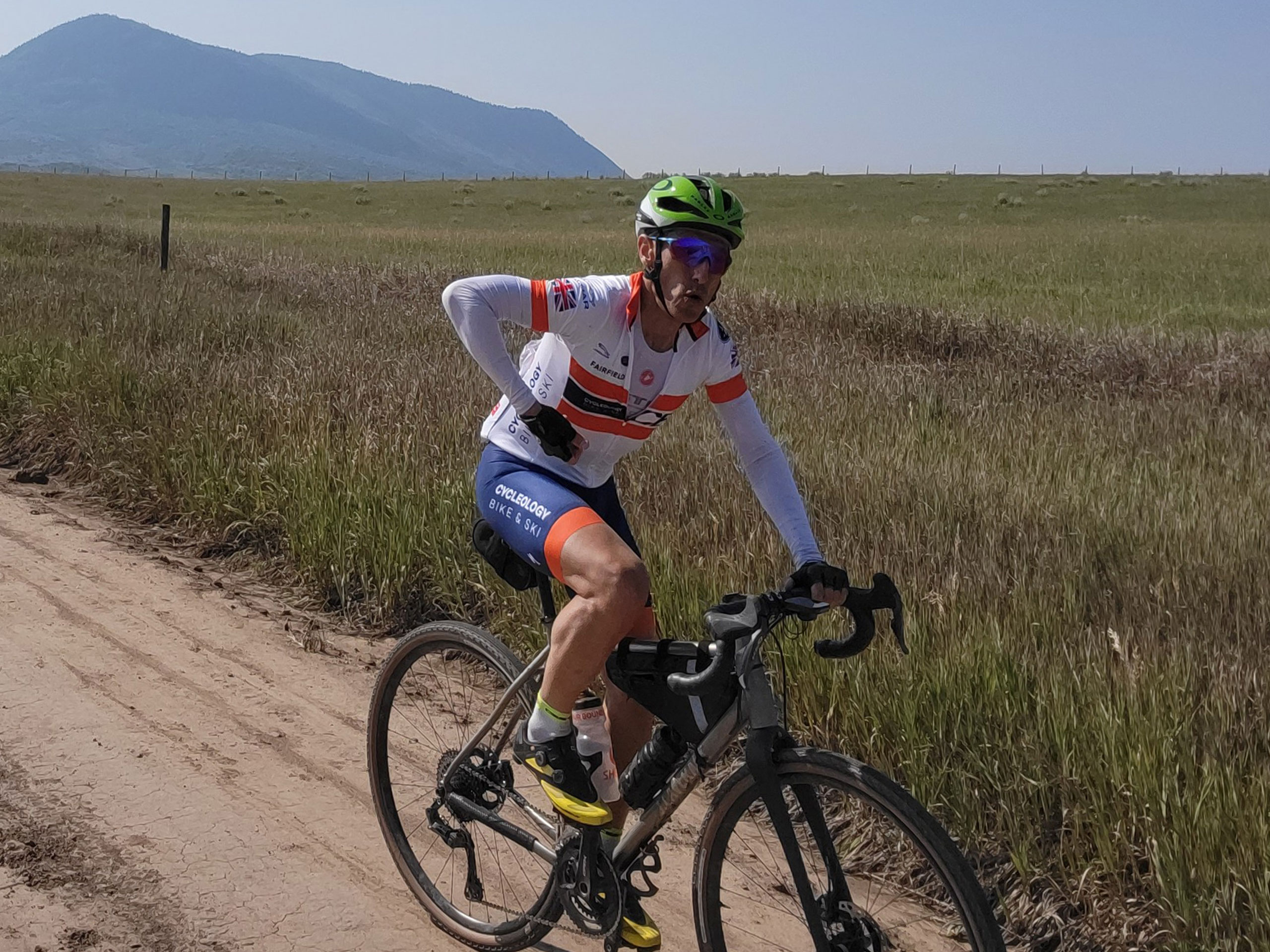
Riding the gravel trails close to home, he’s been thrilled with the way the GRiT transfers power to the road and how it inspires confidence on the sketchiest of descents, thanks to its ability to carve corners and turn in smooth arcs.
“It’s great to find a bike that ditches all the complexity of actual suspension, that has the right compliance on fast, chattering descents, and will it do exactly what I ask it to do when I place demands on it such as aggressive cornering or uphill acceleration,” says Tørr.
But it’s not all high octane riding, the bike reminding him that there’s more to life in the saddle than staring at the road ahead and watts on the power meter.
“You get so used to riding with your head down, but there’s more to life, and that’s one reason I love this bike,” says Tørr. “Gravel is a quality of life thing. You want to see people out enjoying the experience. Gravel has a more festive atmosphere, like cyclocross used to have; let’s get together, have a good time, not worry about crushing a race, take people to places where they don’t usually go and see some cool things together.”



